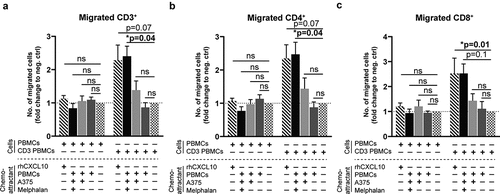Figures & data
Figure 1. ISG product levels predict CR after ILP
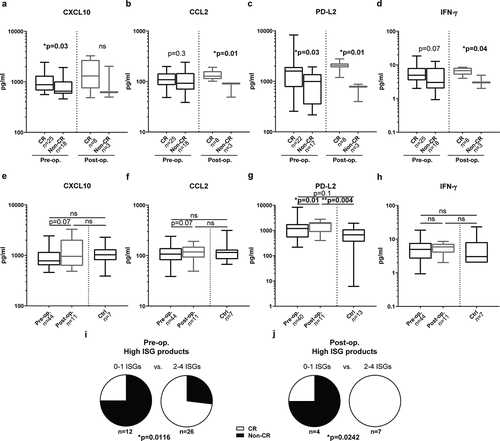
Figure 2. High levels of intratumoral ISG transcripts predict prolonged survival in advanced melanoma

Figure 3. ILP causes induction of receptors for ISG products on PBMCs

Figure 4. Different expression patterns of receptors on TILs and on PBMCs
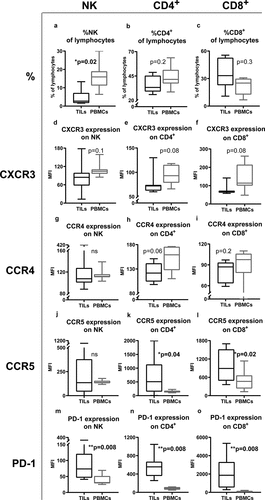
Figure 5. Melphalan-exposed melanoma cells induce expression of CXCL10, CCL2 and IFN-γ in PBMCs during co-culture
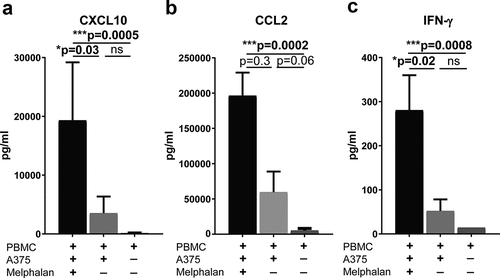
Figure 6. Melphalan-exposed melanoma cells induce expression of receptors for ISG products on PBMCs
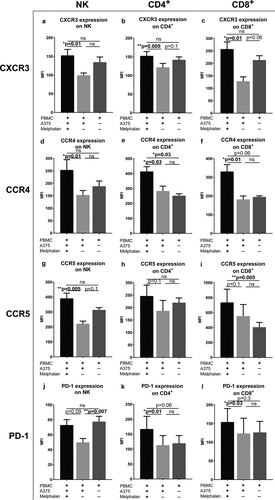
Figure 7. Activated T cells migrate toward supernatants from melphalan-exposed melanoma cells
